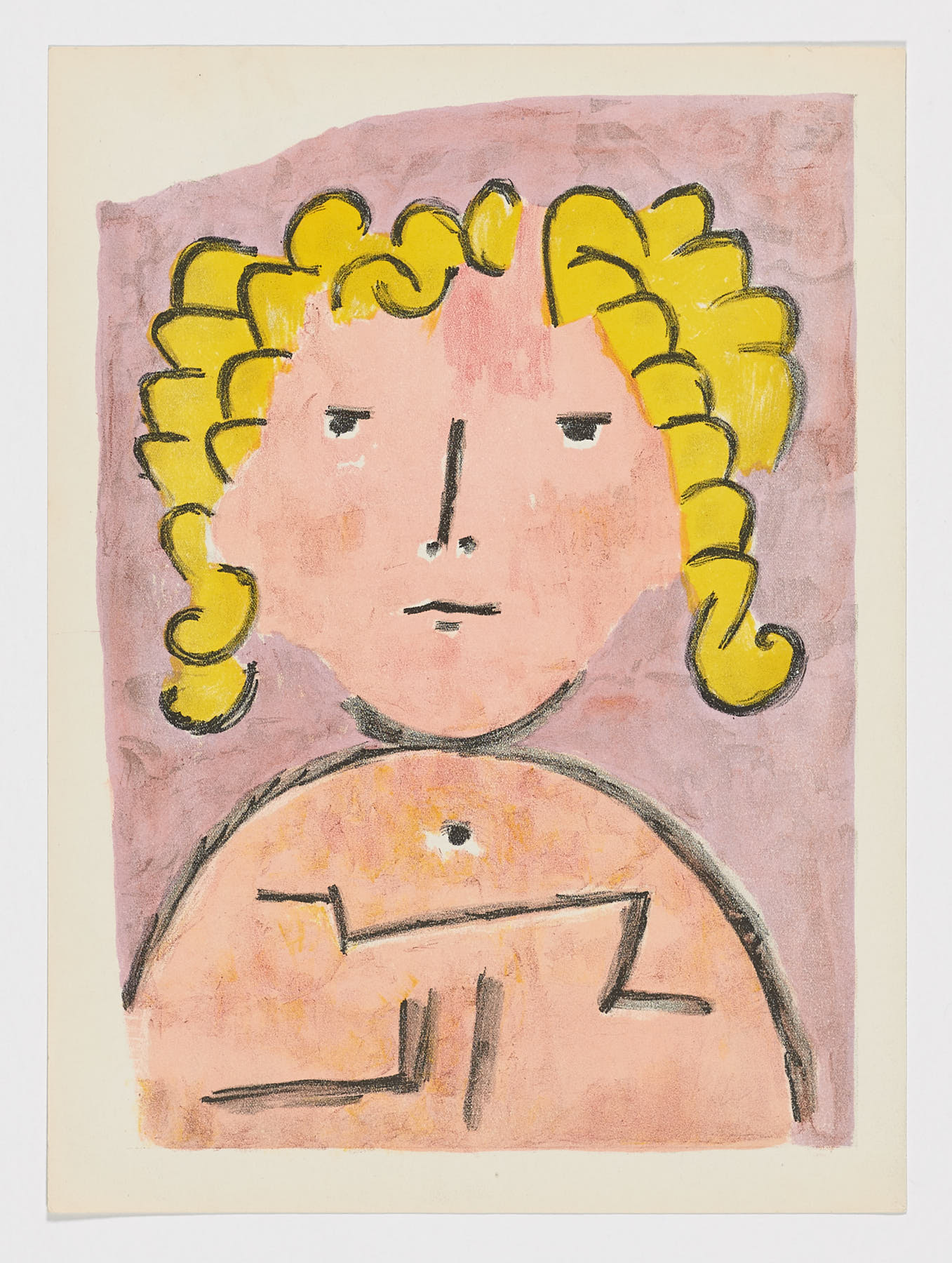Paul Klee
Biography

Biography
Paul Klee (Münchenbuchsee, 1879 - Muralto, 1940) is an artist difficult to classify, lacking a clear tendency or specific school. Influenced by German Expressionism, his work ranged from geometric abstraction to surrealism. Music, central to his life...
Leer más
Economic information
All
Filter
Brand
Price
€
-
€
Size
Product type
Year

CAN'T FIND WHAT YOU'RE LOOKING FOR?
We help you.
If you're interested in seeing other available works, we'll contact you without obligation.
Certified works
All works have a Certificate of Authenticity
We are experts
With more than 20 years of experience in collecting and the art market
Pay comfortably
Pay in 3 interest-free installments or in 12 months thanks to Sequra
Online advice
Personalized advice, without obligation, and receive proposals from our experts
JOIN OUR NEWSLETTER

Descubre el fascinante mundo del arte de la mano de expertos

